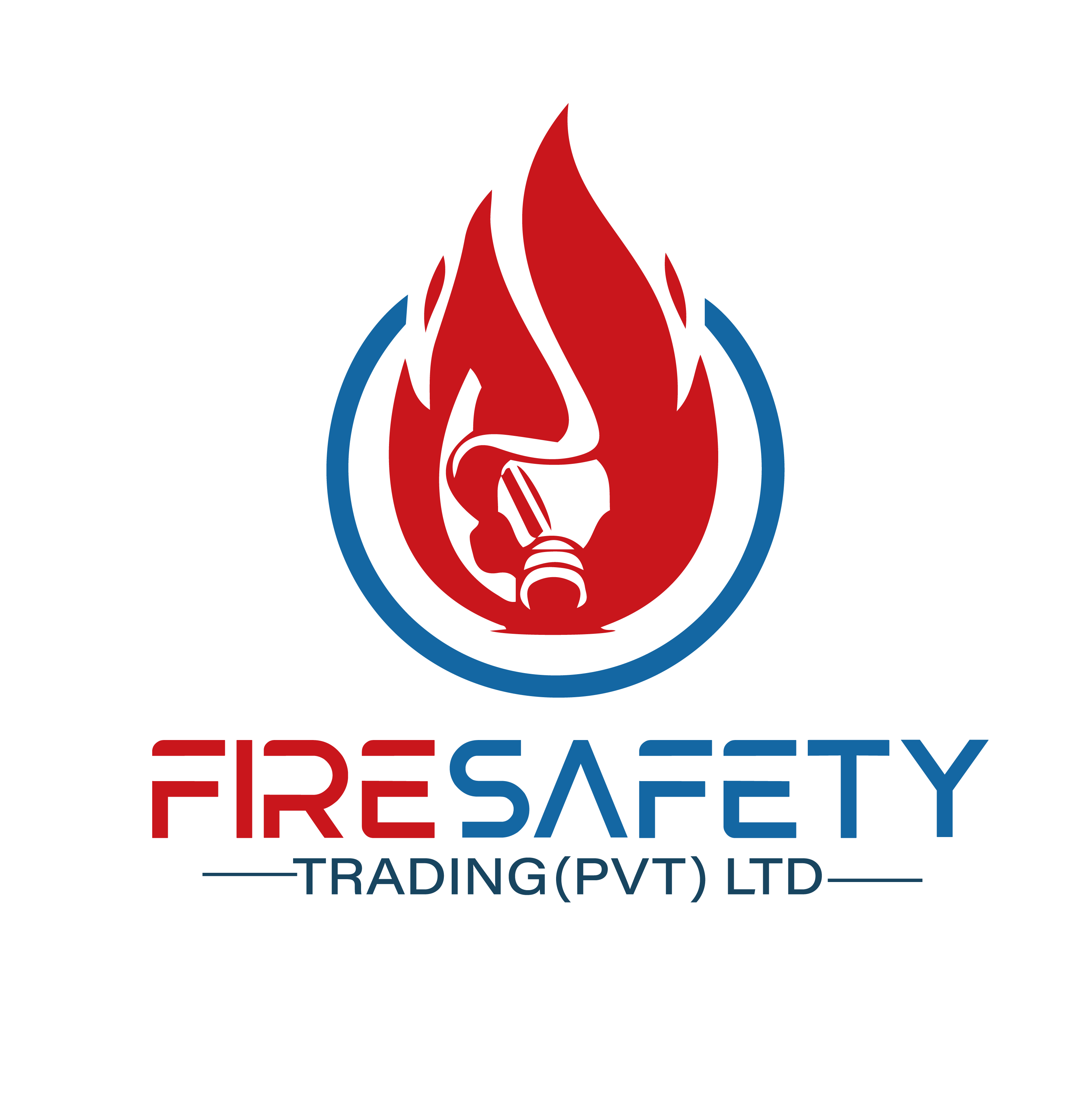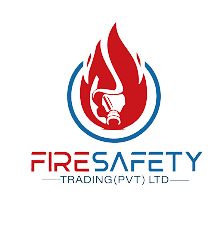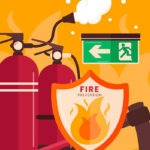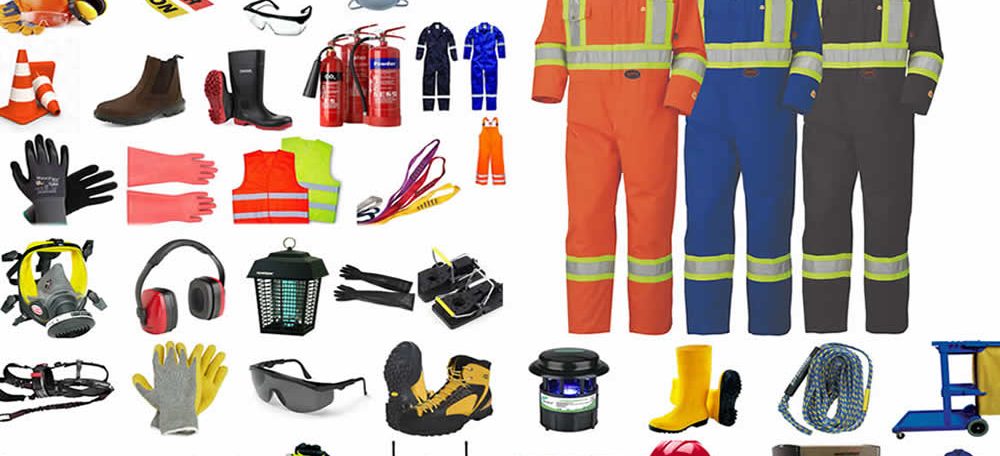Imagine working in a busy construction site without a helmet, handling chemicals without gloves, or entering a fire-prone zone without extinguishers. Risky, right? Safety equipment exists for one reason to protect lives and reduce hazards. Whether at work, on the road, or even at home, safety equipment plays a vital role in preventing accidents and saving lives.
From personal protective equipment (PPE) like helmets and gloves to fire safety tools like extinguishers and alarms, every category of safety equipment has a specific function. Knowing the types of safety equipment not only helps organizations stay compliant with laws but also empowers individuals to safeguard themselves in daily life.
This article provides a complete guide on what safety equipment is, why it matters, its different types, and how to choose the right gear for different needs.
Why Safety Equipment Matters
Workplace accidents, home fires, and road mishaps are more common than we think. According to the International Labour Organization (ILO), more than 2.3 million people die annually from work related accidents or diseases, and millions more suffer injuries. Most of these tragedies could have been prevented with proper safety measures and protective gear.
For businesses, safety equipment ensures compliance with Occupational Safety and Health (OSH) standards, reduces liability, and boosts employee confidence. For individuals, it minimizes personal risks whether driving, cooking at home, or working in hazardous environments.
In short, safety equipment isn’t just about regulations, it’s about saving lives, reducing injuries, and creating safer communities.
Types of Safety Equipment
Safety equipment can be divided into broad categories based on the nature of protection they provide. Below are the main types explained in detail:
1. Personal Protective Equipment (PPE)
Personal Protective Equipment (PPE) refers to gear worn by individuals to minimize exposure to risks. PPE is one of the most common and essential forms of safety equipment used across industries.
Examples of PPE
-
Helmets & Hard Hats: Protect against head injuries from falling objects.
-
Safety Glasses & Goggles: Prevent eye injuries from dust, sparks, or chemicals.
-
Gloves: Provide protection against cuts, burns, and chemicals.
-
Ear Protection: Earplugs or earmuffs protect against loud noises.
-
Respirators & Masks: Shield workers from dust, toxic fumes, and infectious particles.
-
Safety Boots: Prevent foot injuries with steel-toe reinforcement and slip resistance.
-
High-Visibility Clothing: Reflective vests and jackets for better visibility in low-light conditions.
Why it matters: PPE serves as the first line of defense for workers and is mandatory in construction, healthcare, manufacturing, and chemical industries.
2. Fire Safety Equipment
Fire is one of the deadliest hazards. Fire safety equipment is designed to detect, control, and extinguish fires before they escalate.
Examples of Fire Safety Equipment
-
Fire Extinguishers: Available in types such as water, foam, CO₂, and dry powder for different classes of fire.
-
Fire Alarms & Smoke Detectors: Detect smoke or fire early and raise alarms.
-
Fire Blankets: Smother small fires, especially in kitchens.
-
Sprinkler Systems: Automatic fire suppression systems in commercial buildings.
-
Emergency Exit Signs & Lighting: Guide people safely during evacuations.
Why it matters: Quick fire detection and response can mean the difference between a minor incident and a devastating tragedy.
3. First Aid & Medical Safety Equipment
Accidents can happen anywhere, and immediate medical response can save lives. First aid equipment helps stabilize patients before professional medical help arrives.
Examples of First Aid Equipment
-
First Aid Kits: Contain bandages, antiseptics, pain relievers, and basic medical supplies.
-
Stretchers: Used to transport injured individuals safely.
-
Defibrillators (AEDs): Save lives in cases of cardiac arrest.
-
Eye Wash Stations: Provide emergency rinsing for chemical exposure.
Why it matters: First aid safety gear is crucial in workplaces, schools, vehicles, and public spaces to provide immediate response during emergencies.
4. Road Safety Equipment
Road accidents are among the leading causes of death globally. Road safety equipment reduces risks for drivers, passengers, and pedestrians.
Examples of Road Safety Equipment
-
Seatbelts & Airbags: Minimize injury during collisions.
-
Traffic Cones & Barriers: Control traffic flow during construction or emergencies.
-
Reflective Road Signs: Provide warnings and directions to drivers.
-
High-Visibility Jackets: Essential for traffic police or roadside workers.
-
First Aid & Fire Extinguishers in Vehicles: Provide immediate emergency response.
Why it matters: Road safety gear ensures compliance with traffic regulations and protects lives during accidents.
5. Electrical Safety Equipment
Electricity-related accidents can be fatal. Electrical safety equipment ensures protection from shocks, burns, and fire hazards.
Examples of Electrical Safety Equipment
-
Insulated Gloves & Tools: Protect electricians from electric shocks.
-
Voltage Detectors: Ensure circuits are safe to work on.
-
Circuit Breakers & Fuses: Prevent overload and electrical fires.
-
Lockout/Tagout Devices: Secure machines during maintenance.
Why it matters: In industries where electricity is heavily used, electrical safety gear is non-negotiable.
6. Chemical Safety Equipment
Industries that handle chemicals require specialized safety gear to prevent toxic exposure and accidents.
Examples of Chemical Safety Equipment
-
Chemical-Resistant Gloves & Aprons: Protect skin from burns and reactions.
-
Safety Showers & Eyewash Stations: Emergency decontamination tools.
-
Fume Hoods: Prevent inhalation of toxic vapors.
-
Spill Kits: Control accidental chemical spills.
Why it matters: Without proper chemical safety measures, workers risk severe burns, poisoning, or long-term health issues.
7. Fall Protection Equipment
For workers at heights, falls are one of the most common causes of workplace fatalities. Fall protection equipment ensures safety in such situations.
Examples of Fall Protection Equipment
-
Safety Harnesses & Lanyards: Prevent falls from height.
-
Guardrails & Safety Nets: Provide physical barriers to reduce risks.
-
Anchor Points: Secure attachment systems for harnesses.
Why it matters: In construction, maintenance, and window cleaning industries, fall protection gear saves countless lives.
Tips for Choosing the Right Safety Equipment
When selecting safety gear, consider the following:
-
Understand the Risks: Identify hazards in your environment (fire, chemical, electrical, etc.).
-
Choose Certified Products: Look for equipment that meets international safety standards (like OSHA, ISO, or NFPA).
-
Train Users: Even the best equipment is useless without proper training.
-
Maintain Regularly: Inspect and replace damaged or expired equipment.
-
Balance Cost & Quality: While affordable solutions are tempting, safety should never be compromised.
Advantages of Using Safety Equipment
-
Prevents Injuries & Fatalities: The primary purpose of safety gear.
-
Boosts Productivity: Workers feel more confident in safe environments.
-
Ensures Legal Compliance: Helps avoid penalties and lawsuits.
-
Reduces Financial Losses: Prevents downtime and costly accidents.
Possible Challenges (Disadvantages) of Safety Equipment
-
Initial Investment Cost: High-quality gear can be expensive.
-
Compliance Issues: Some workers may avoid wearing PPE due to discomfort.
-
Maintenance Costs: Regular inspections and replacements are necessary.
However, these disadvantages are minimal compared to the life-saving benefits of safety equipment.
Conclusion
Safety equipment is not just a formality, it’s a lifesaving necessity in homes, workplaces, roads, and industries. From personal protective equipment (PPE) to fire safety, medical, and road safety tools, every category serves a unique role in preventing accidents and ensuring well-being.
Whether you’re an employer aiming for compliance, a worker ensuring personal safety, or an individual concerned about home security, choosing the right safety equipment is an investment in life itself.
Takeaway Message: Never compromise on safety. The right equipment today can prevent a tragedy tomorrow.





